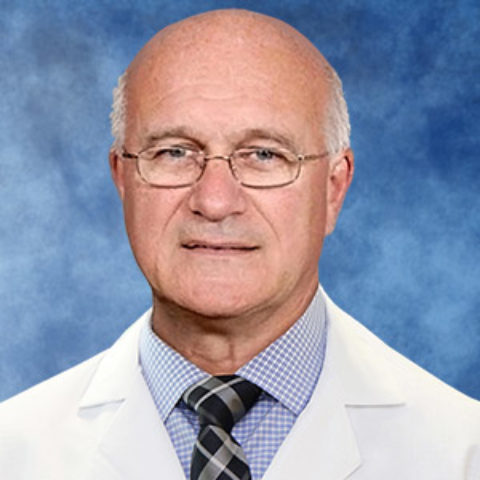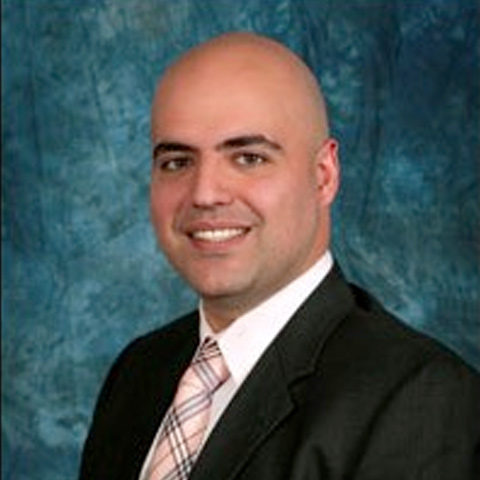
Understanding Aneurysms
An aneurysm can occur in different parts of the body, but the most common type occurs in the aorta. The aorta carries blood enriched with oxygen to the rest of the body from the heart. An aneurysm can also occur in the brain.
Aneurysms are caused by weak spots in an artery or blood vessel, when the wall of it is weakened or injured. Once there is a weakened spot, it will tend to balloon outward, possibly leading to a rupture, or a dissection. A dissection occurs when there is a split in one or more layers of the blood vessel. When the aneurysm occurs, blood is released into the body cavity.
Aneurysm Statistics
Aneurysms are often fatal, and about 13,000 people in America die from them each year. An aneurysm in the brain is particularly dangerous. Of those who have a brain aneurysm this year, as many as 10 percent will die before receiving medical care. As many as another 50 percent will die within one month if they do not get treatment.
Symptoms
As a portion of a blood vessel becomes enlarged, it will likely put pressure on other body parts, possibly causing noticeable symptoms prior to a rupture. If an aneurysm is small, there may not be any symptoms. If it occurs in the brain, these symptoms may occur:
- A really bad headache
- Weakness or numbness on one side of your face
- A dilated pupil
- A change in your vision
- Stroke-like symptoms
- Nausea or vomiting
- Stiff neck
Early Detection
The ballooning of the blood vessel may be detected before there is an eruption. An aneurysm can become rather large without bursting, and it is also possible that there may not be any symptoms.
Symptoms may cause a doctor to suspect a problem. This may lead to a CT scan, which can detect an enlarged blood vessel, as well as blood that may already have leaked into an area.
When an enlarged blood vessel is discovered, several forms of treatment may be used. Doctors may choose to use medications to lower blood pressure or to cause the blood vessels to relax. This can reduce the likelihood of a rupture.
Surgical Treatment
Surgical procedures are also possible. The key to surviving an aneurysm is to get treated for it as quickly as possible. One technique is called clipping, where a doctor will locate the damaged blood vessel and place a clip across it to stop any blood from flowing into the damaged blood vessel.
Another method is called coiling. In this procedure, a tube is placed in the arteries. The location of the damaged blood vessel is found, and coils of platinum wire are used to fill it. This will prevent any more blood from reaching the rupture.
Getting to a hospital or doctor for treatment is very important if an aneurysm is suspected. It may save a life, and prevent further damage, which could be fatal later on if untreated.






